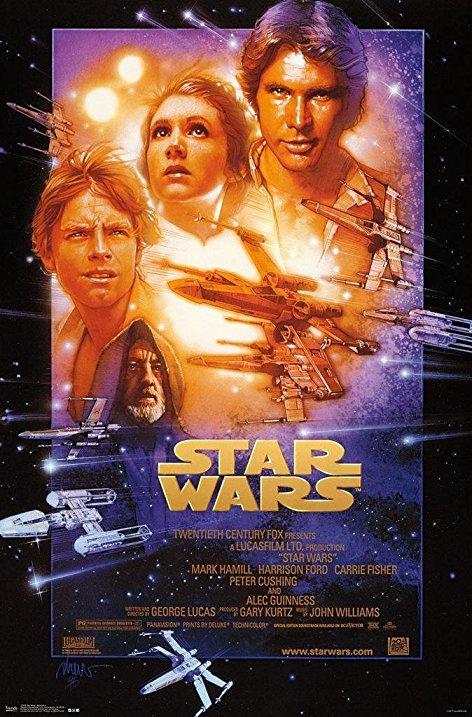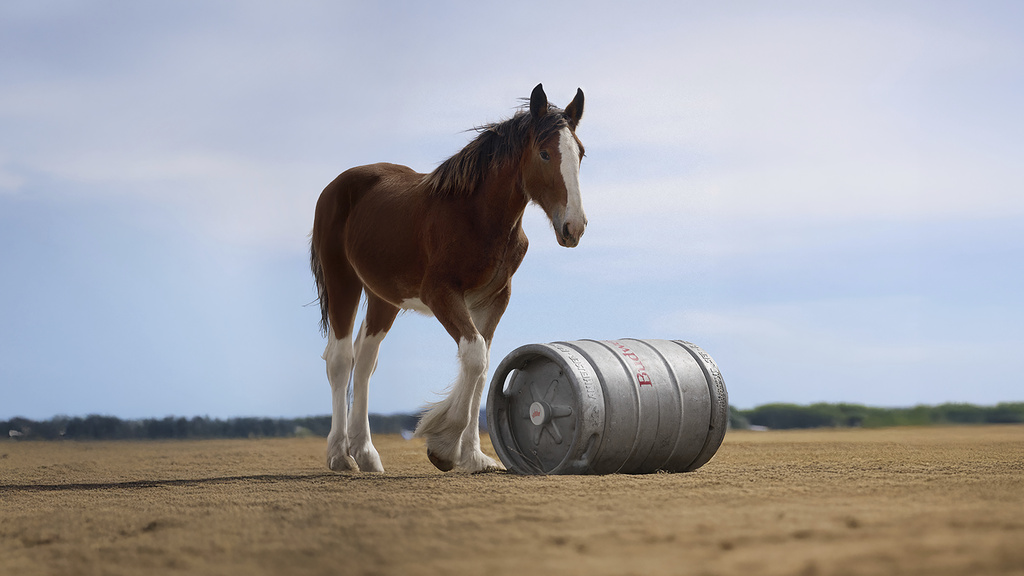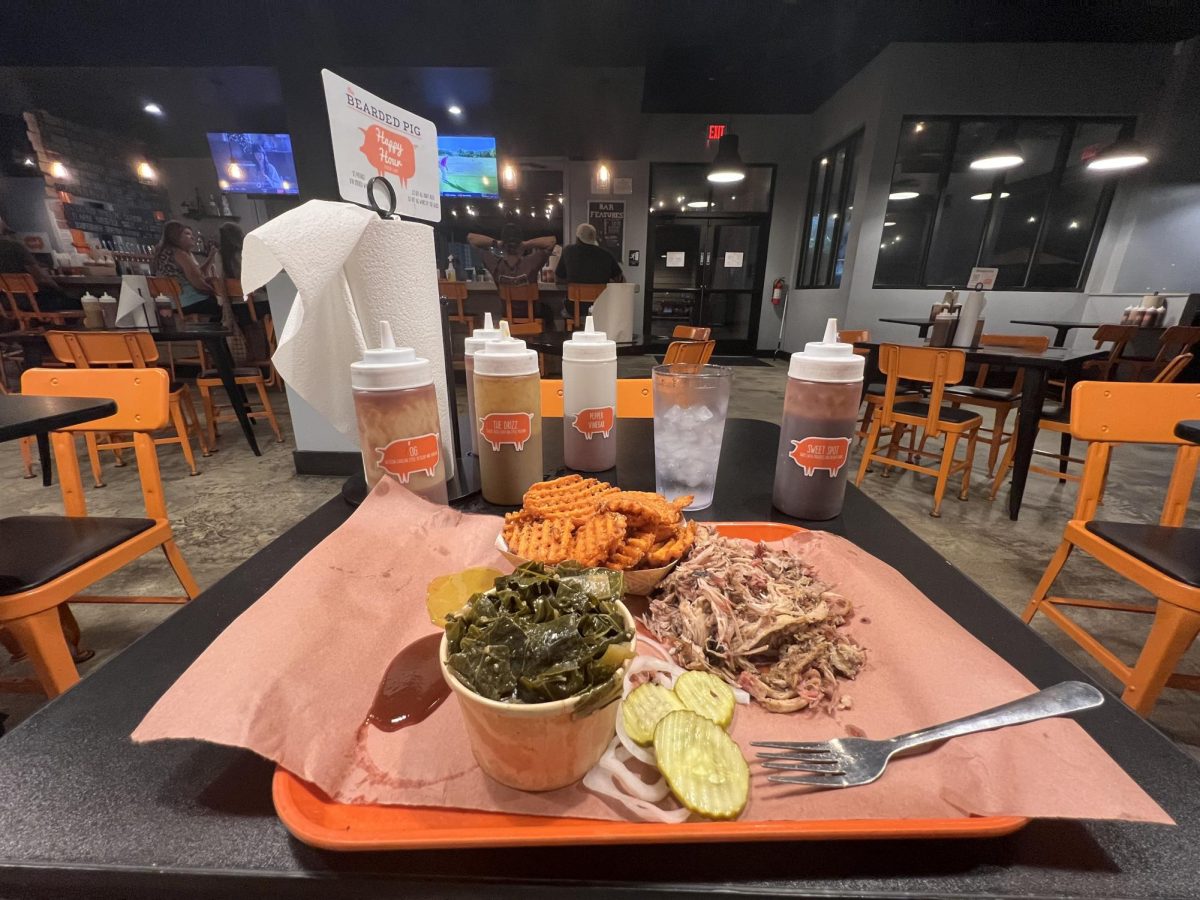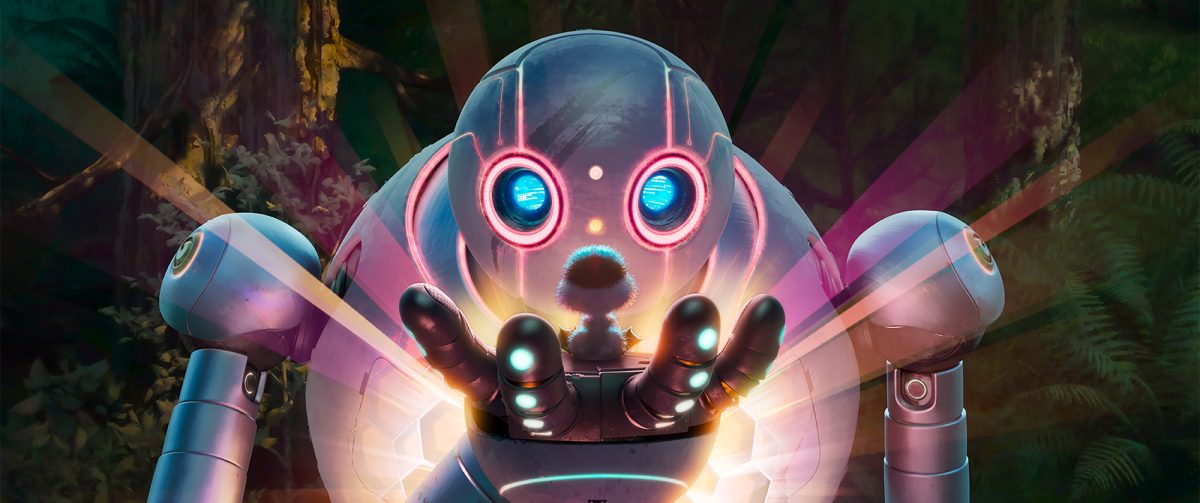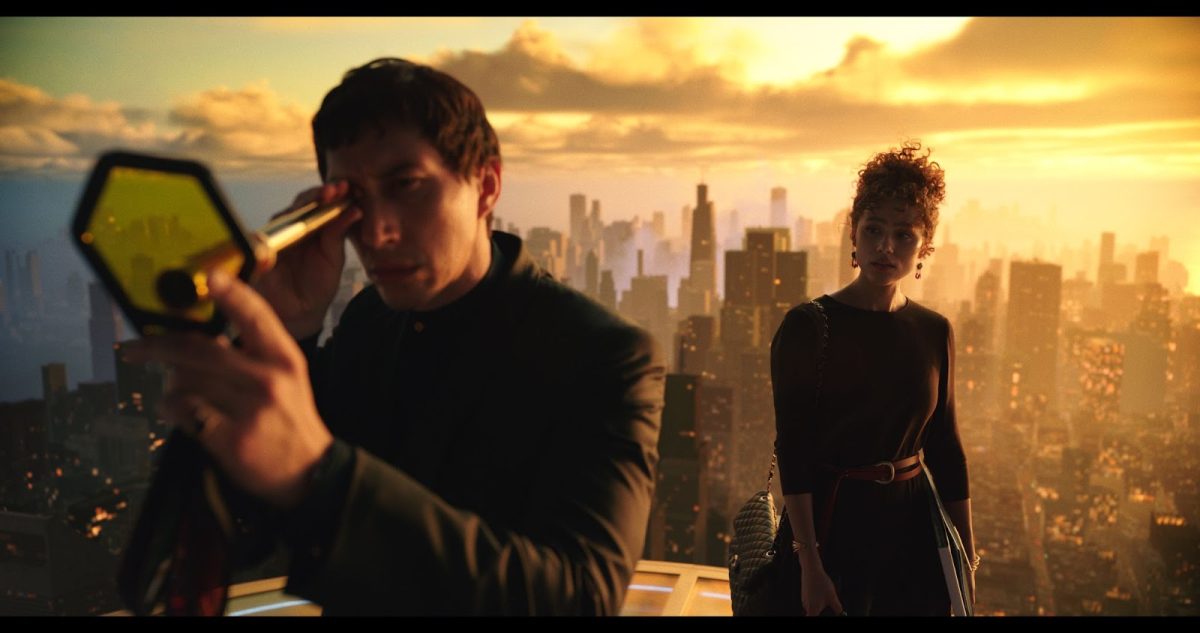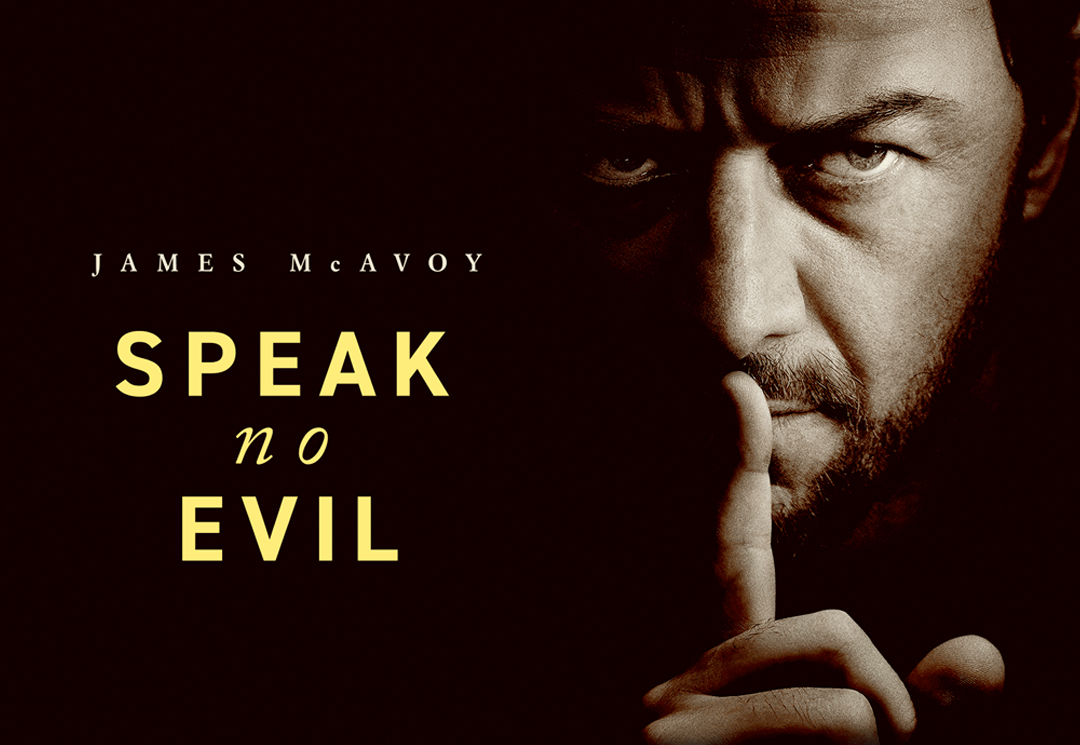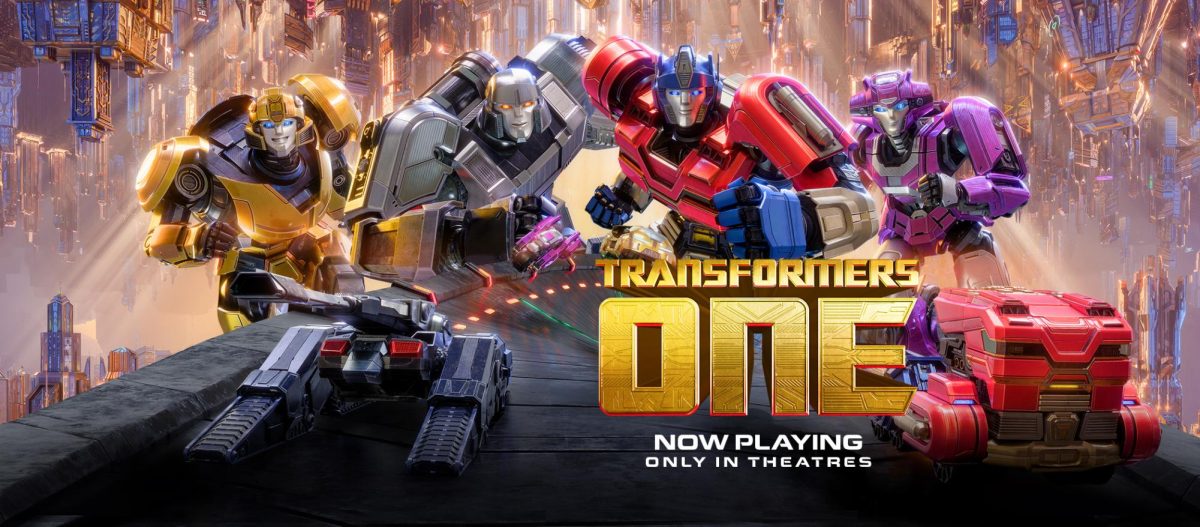Welcome to Spinnaker’s History of Star Wars! To celebrate the upcoming release of Episode VIII: The Last Jedi, we are looking back at the past seven episodes as well as Rogue One all leading up to the review of the new movie. Every day from Dec. 7 to Dec. 15 a new review will be posted. So enjoy, and may the force be with you. Always.
A long time ago, in 1977, a cinematic phenomenon erupted. 40 years later, its shockwave continues to pervade society and culture, affecting generations young and old.
Star Wars (later given the subtitle A New Hope) debuted on May 25 to success that would far surpass expectations. Mastermind George Lucas already had two critically acclaimed films (THX 1138, American Graffiti) under his belt, but Star Wars spawned the saga that has defined his career since. For the few who don’t know, the story goes like this:
An isolated farm boy named Luke Skywalker (Mark Hamill) lives on the desert wasteland planet of Tatooine with his uncle Owen (Phil Brown) and Aunt Beru (Shelagh Fraser), his parents’ identities a mystery. His path intersects with two droids, C-3PO (Anthony Daniels) and R2-D2 (Kenny Baker) trying to transport stolen plans of an ungodly superweapon to a princess (Carrie Fisher), seeking to help destroy it.
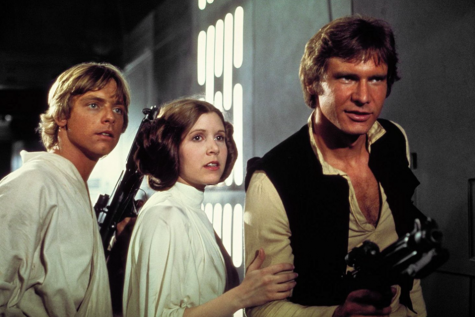
Along the way, Luke meets old Ben Kenobi (Sir Alec Guinness), a cynical wise-cracking Han Solo (Harrison Ford) and his furry co-pilot Chewbacca (Peter Mayhew). Kenobi teaches Luke about the Force and the Jedi who wielded it—both of which thought to be mythical at this point—while telling him stories about his father. The young Skywalker and this odd crew band together to rescue Princess Leia and take down the aforementioned superweapon known infamously as the Death Star.
Hopeful, triumphant, and awe-inspiring, Star Wars captivated audiences all over the world. They loved the optimistic innocence of Luke Skywalker, the dry wit and shoot-first-think-later tactics of Han Solo, the strength and scrappiness of Princess Leia, which were traits not commonly seen among female characters at the time. Lucas allowed his viewers to fall in love with this unlikely bunch, their different personalities slowly bonding them together through conflict over the course of the movie.
Moviegoers were dazzled by the film’s innovative audio and visual effects which fully immersed them in the mythical galaxy far, far away. Striking sounds of laser fire, explosions, and starships echoed through theaters while viewers gazed in wonder at the action happening on screen. Lucas’ practical approach to visual effects (often preferring hand-made models, props and costuming as opposed to CGI or digital edits) has become a staple and a rule of making Star Wars films.

Star Wars also introduced the world to one the most evil, most terrifying baddies in all of cinema: Darth Vader (portrayed in costume by David Prowse and voiced by James Earl Jones). Vader’s menacing design, mysterious animatronic structure, and crimson lightsaber struck both fear and delight in audiences, despite him only having around 12 minutes of screen time. His ominous breathing remains an iconic sound effect, discernible even by those who don’t watch the films regularly.
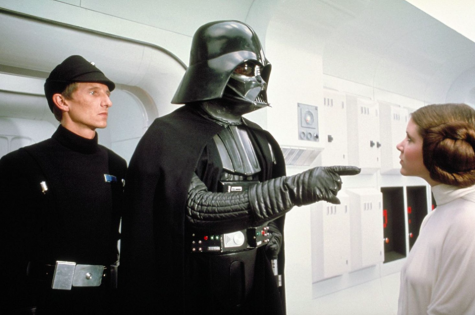
I’d be remiss if I didn’t mention John Williams’ sensational score, the rhythms and melodies of which fans have memorized with adoration just as much as they have the script. Reciting tunes and phrases has become one of the many ways to celebrate the beloved saga. Williams has scored every Star Wars movie to date (save for the spinoff Rogue One), and his orchestras have continued to provide the perfect backdrop for the characters on screen.
A New Hope was the film that kicked off years of financial success and Star Wars lore. Propelled by unique characters, a miraculous story, and an expansive galaxy where everybody fits in, Lucas’ epic space adventure created an ever-growing fan base that aids in its cultural domination. From 1977 on, any movie opening on the same weekend as Star Wars would be justified in saying, “I have a bad feeling about this.”
__
For more information or news tips, or if you see an error in this story or have any compliments or concerns, contact editor@unfspinnaker.com.



